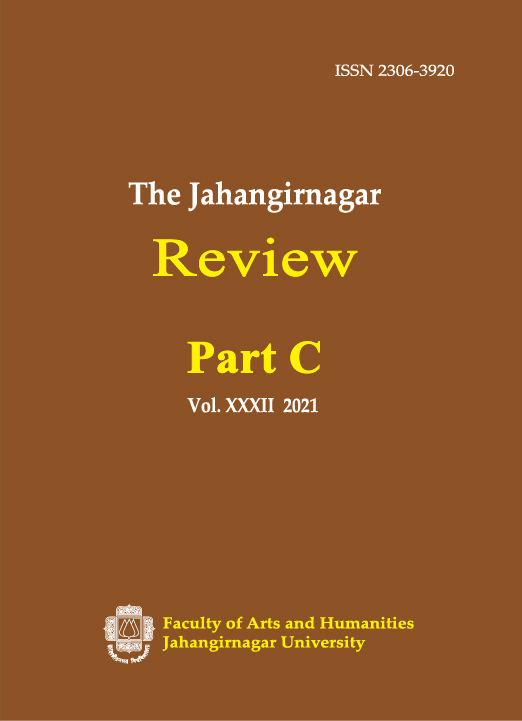Assessing Ecotourism Potentiality of Sundarbans, Bangladesh, Using GIS and AHP Techniques
Main Article Content
Abstract
Tourism has recently been one of the main industries in Bangladesh that generates foreign cash. This study's main goals are to identify and evaluate possible ecotourism locations using GIS and the Analytic Hierarchy Process (AHP), as well as to construct acceptable ecotourism locations in the Sundarbans mangrove forest using the suitability analysis method of GIS. This study identifies community characteristics, terrain, accessibility, wildlife, and landscape/naturalness as indicators of appropriateness within terrestrial ecosystems. Four factors were taken into consideration while evaluating ecotourism locations: proximity to a wide variety of species, elevation, distance from rivers, and distance from current tourist destinations. According to the AHP results, approximately 23.03%, 48.39%, 28.55%, and 0.03% of the area were highly prospective, moderately potential, marginally potential, and no potential zones for ecotourism development, respectively

